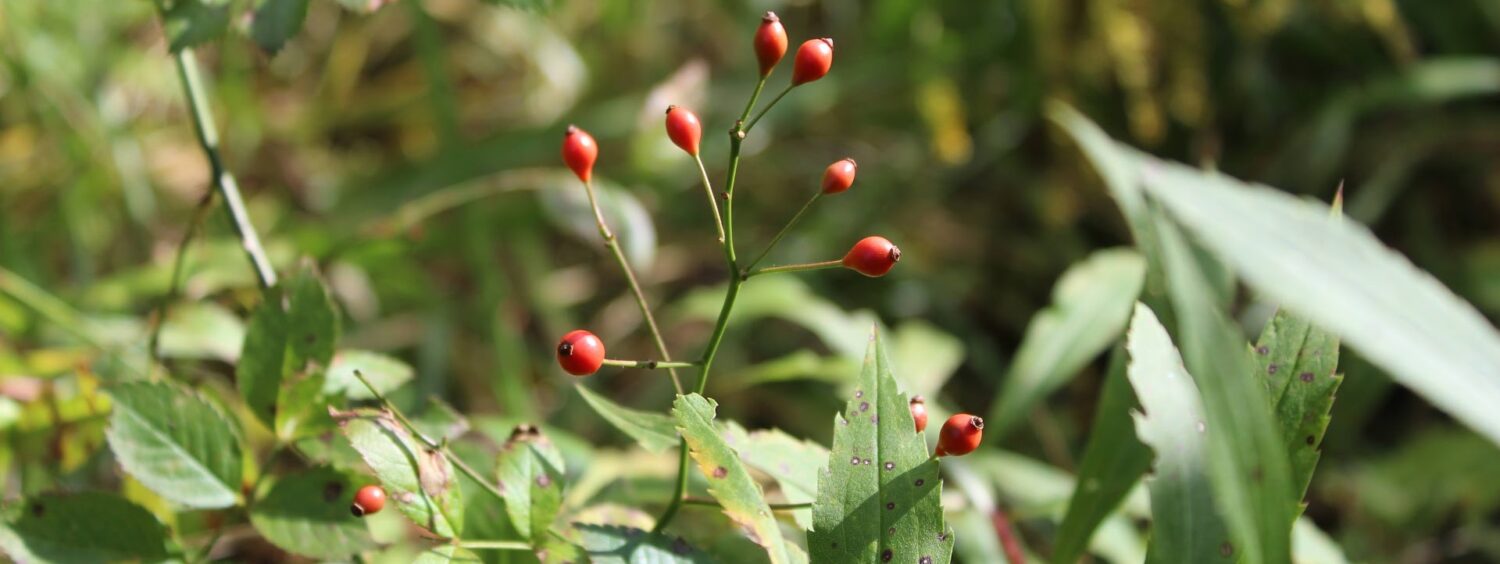Centennial Woods serves as a natural escape from the hustle and bustle of Burlington, Vermont’s largest city. Centennial is managed by the UVM Environmental Program and primarily used for educational purposes, but land use has drastically evolved through the years. The original inhabitants of Vermont, the Abenaki, flourished pre-colonialism. The Abenaki held a deep appreciation for the earth and successfully coexisted with the natural world. They practiced subsistence hunting, taking only what was needed to survive. Anthropologists from the University of Vermont have since found Abenanki tools in Centennial Woods. The arrival of white settlers wreaked havoc on both the Abenaki people, who now faced deadly disease and decades of oppression, and Vermont’s forested landscape. The early 1800s marked the beginning of widespread deforestation within the state and Centennial Woods was not exempt. Cleared areas were used for agriculture, livestock, and eventually, campus expansion. Stone walls and trees engulfing barbed wire serve as a reminder of the era of pastoralization. As one ventures further into Centennial, they may encounter a large, graffiti-covered concrete wall, once used as a barrack for UVM’s ROTC chapter. Alongside physical remains that reflect previous land use, Centennial’s tree composition is a strong indicator of the land’s history. One will find an abundance of early successional species in the woods; primarily paper birches — a shade-intolerant species. Cleared land allows for ample sunlight; the condition in which these trees thrive. Thanks to preservation efforts, Centennial Woods has been (for the most part) restored!
Citations
Doherty, P. (n.d.). Centennial Woods Natural Area: Home. Retrieved December 05, 2020, from https://researchguides.uvm.edu/centennialwoods
Lindley, A. (2019, May 03). 12/8/18- Centennial Woods Land Use History. Retrieved December 05, 2020, from https://blog.uvm.edu/aglindle/2018/12/08/centennial-woods-land-use-history-december-8th/
